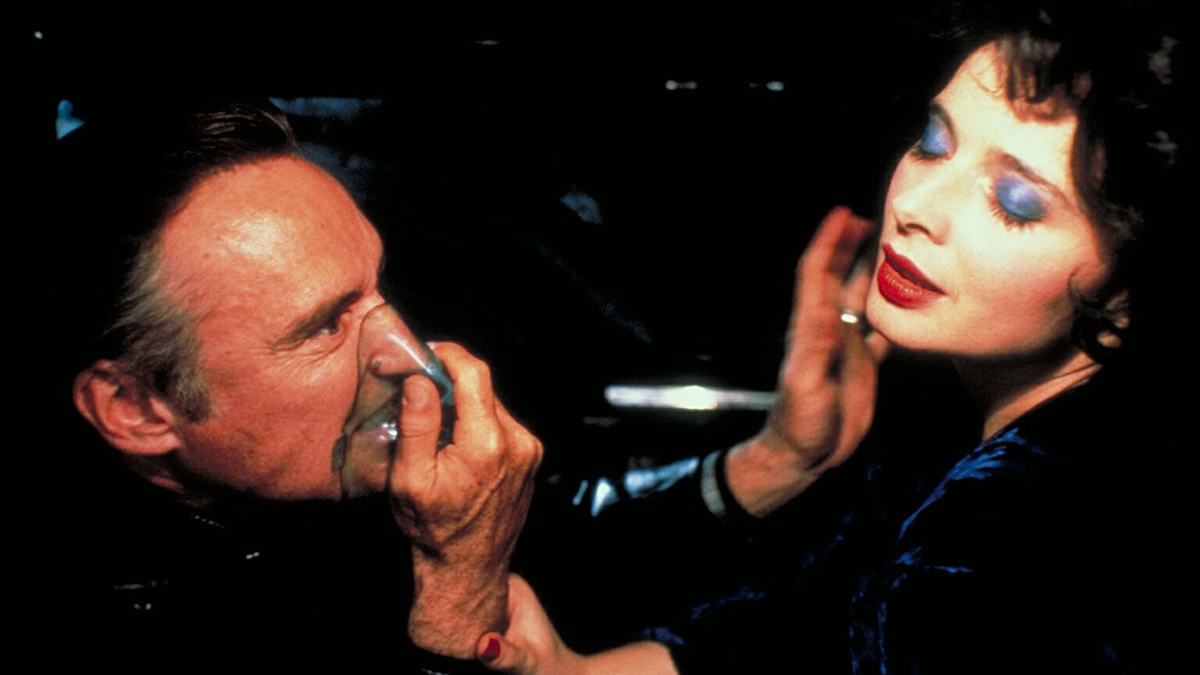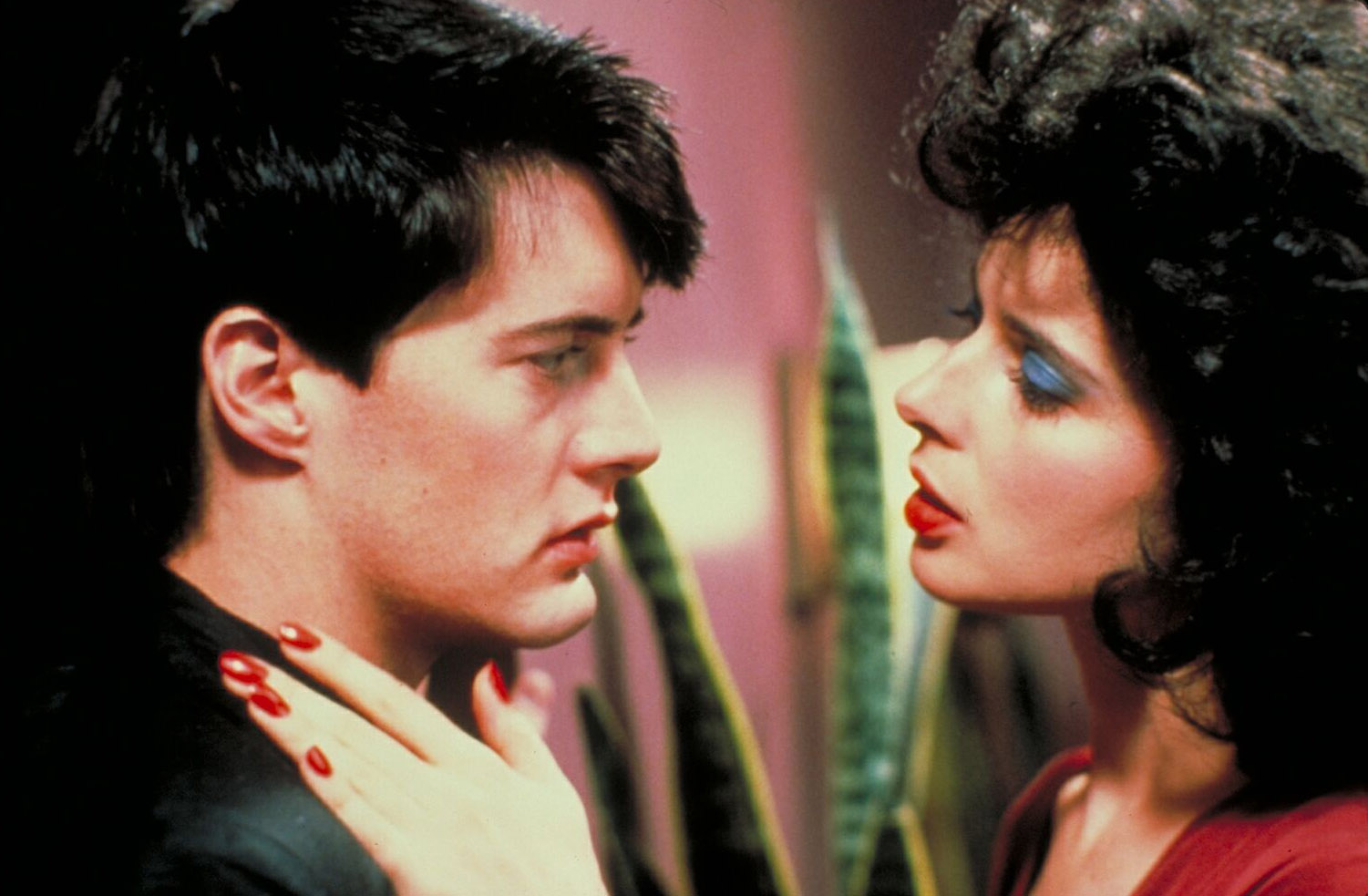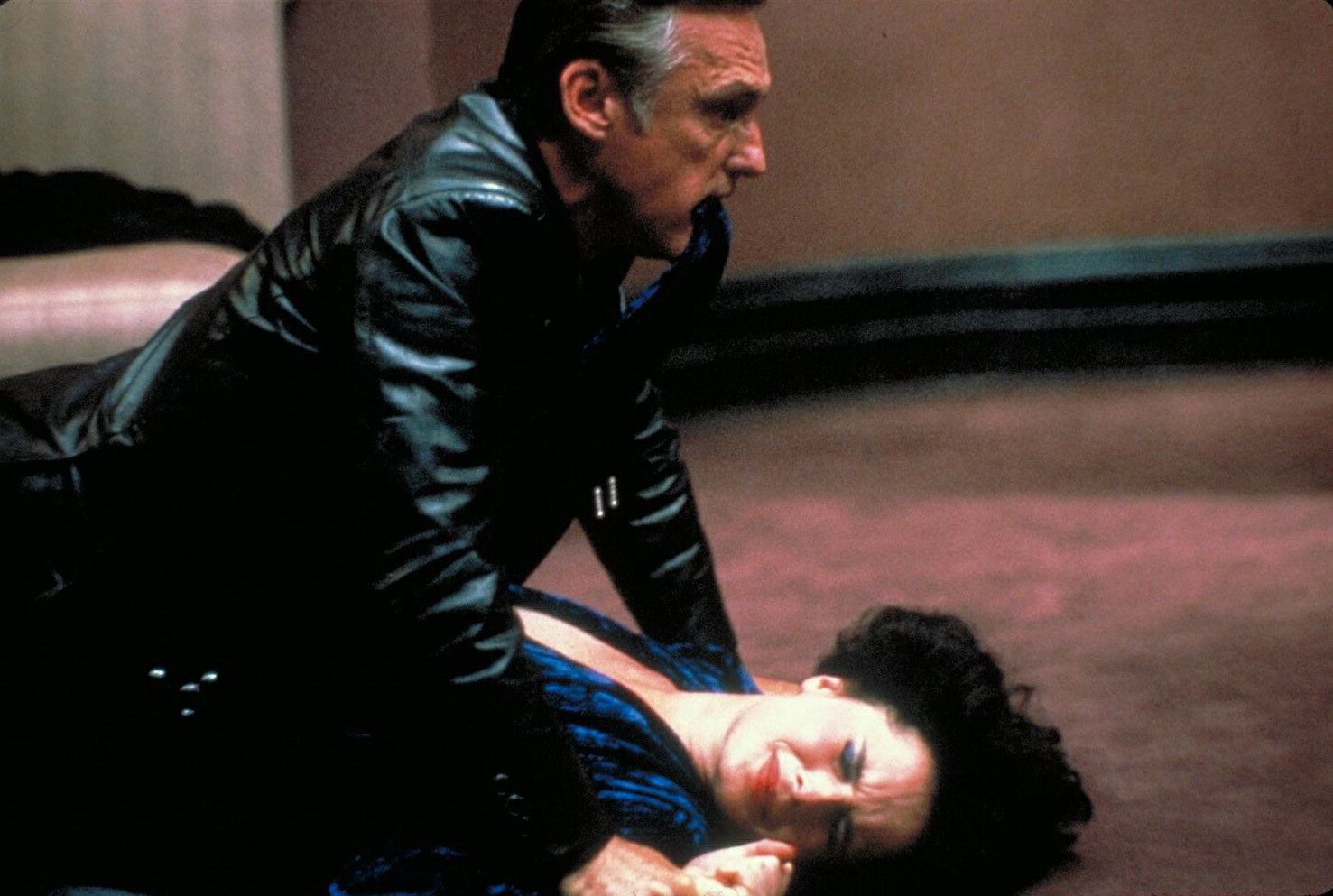
(C)2014 Metro-Goldwyn-Mayer Studios Inc. All Rights Reserved. Distributed by Twentieth Century Fox Home Entertainment LLC.
A glimpse of David Lynch's genius talent that blossomed in "Blue Velvet"
2019.10.19
The existence of hidden “darkness” that spreads among the bushes
Lynch's work has promise. For example, to put it simply, they are beautiful brunettes (black hair) and blondes (blond hair). In this film, ``Blue Velvet,'' two women appear, the black- Lost Highway Mulholland Drive . A woman with different hair color, blond hair, appears in the film, and has become a kind of muse for Lynch.
Telephones are also impressive in Lynch's work. You can think about who is on the other end of the phone and what kind of person they are, creating even more mysteries. In most cases, the telephone that appears is a black rotary dial telephone. A black telephone, an ashtray, a cigarette, and a light-colored lampshade are placed on the side table. These spatial designs are something that Lynch is able to accomplish, not only as a film director, but also active in the art world, including contemporary art.

"Blue Velvet" (C)2014 Metro-Goldwyn-Mayer Studios Inc. All Rights Reserved. Distributed by Twentieth Century Fox Home Entertainment LLC.
And in Lynch's films, curtains waving in the wind would be extremely impressive. In Blue Velvet, there is a scene in which the curtains of Dorothy's room are meaningfully reflected. The scene is so sudden that I have no idea what it means. Perhaps, but perhaps this element of curtains conveys the hidden "darkness" within the heart or within the town.
The act of looking behind the curtain is a metaphor for looking into the dark side of a person, and the curtains waving in the wind indicate that the darkness on the other side is creeping in through the gaps in the curtains. I guess it's hinting. In short, in ``Blue Velvet,'' it means that darkness is approaching young Jeffrey.
A more obvious example is the scene at the beginning of the movie where young Jeffrey's father collapses into the bushes. The camera zooms in close-up into the bush, and there is a scene in which a grotesque beetle-like creature is seen wriggling around in the darkness. This is the same, and it probably means the darkness that approaches our feet.

"Blue Velvet" (C)2014 Metro-Goldwyn-Mayer Studios Inc. All Rights Reserved. Distributed by Twentieth Century Fox Home Entertainment LLC.
Also, the scene in which the camera closes up inside the severed ear hole when the young man Jeffrey discovers the ear is the same. For example, in Lynch's ``Lost Highway,'' there is a scene in which the main character Fred rushes through a dark hallway in his home, and in ``Mulholland Drive,'' when he opens a mysterious blue box, he zooms into the dark box. There are scenes where the story goes on, but these are all expressed as something negative, such as the darkness in one's heart, or facts that one wants to erase.
Also, at the end of the movie, there is a scene where a robin is eating an insect (like a beetle that represents darkness at the beginning of the movie). Robins are said to be a symbol of love, and in this movie they are depicted as "light" that opposes darkness. The last scene of the movie is probably meant to be about a robin, a being of light, eating an insect, the personification of darkness, meaning that darkness has disappeared and light has arrived.

